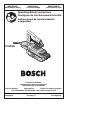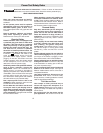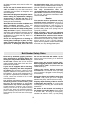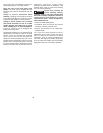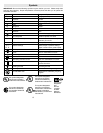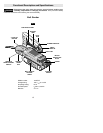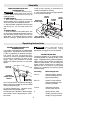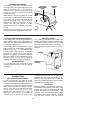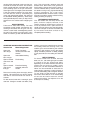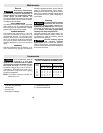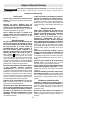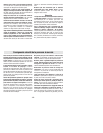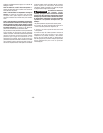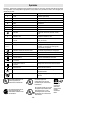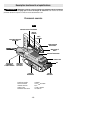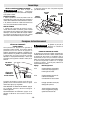
the trigger then immediately releasing it
without pressing the "Lock-ON" button.
Keep the cord to the side away from
pulleys. The cord can be dragged into belt
housing and become entangled with the
pulleys.
Clamp or secure workpiece when
sanding. Clamping the workpiece prevents
it from being ejected from under the sander
and leaves both hands to control the tool.
Clamp or secure sander if it is inverted
and bench mounted for use as a table
sander. Always use edge stop or guide
when sanding short or small workpieces.
Fingers or clothing can be dragged into
pulley and housing area.
Portable belt sanders are not intended to be
permanently mounted as a bench or table
sander. There are accessories available
which can convert certain portable belt
sanders for occasional stationary use. If such
accessories are used always clamp or secure
sander when inverted and bench mounted
for use as a table sander. Be aware of switch
location and know how to shut off the tool in
emergency situations. Always follow
directions included with the accessory. Use
sanding fence, stop or guide when sanding
short or small workpieces.
Some dust created by
power sanding, sawing,
grinding, drilling, and other construction
activities contains chemicals known to
cause cancer, birth defects or other
reproductive harm. Some examples of
these chemicals are:
• Lead from lead-based paints,
• Crystalline silica from bricks and cement
and other masonry products, and
• Arsenic and chromium from chemically-
treated lumber.
Your risk from these exposures varies,
depending on how often you do this type of
work. To reduce your exposure to these
chemicals: work in a well ventilated area,
and work with approved safety equipment,
such as those dust masks that are specially
designed to filter out microscopic particles.
-4-
!
WARNING



